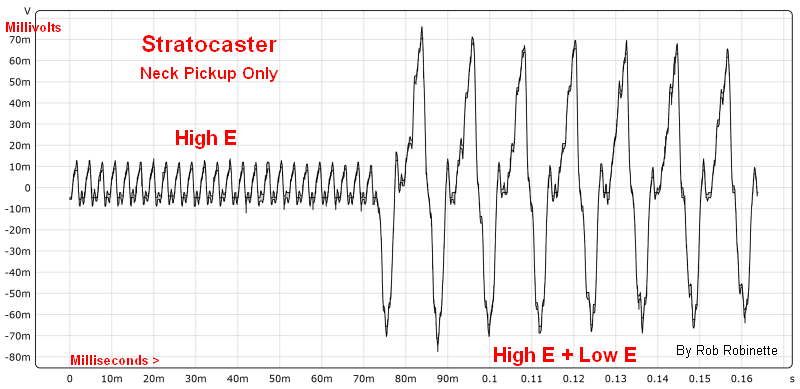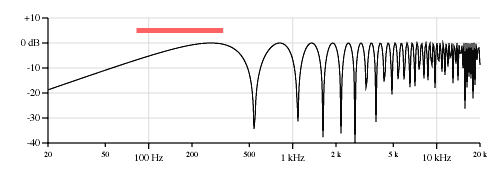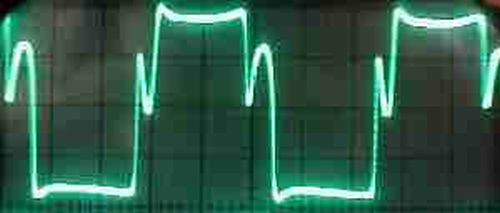Branching off the "MQA creator Bob Stuart answers questions" thread. One of discussion topics emerged there: a better suitability, or lack thereof, of higher sampling rates and bit depths, such as 192/24, for capturing transients and other "inconvenient" components of music signals. I want this branched thread to be more rational and less emotional than the MQA thread.
First, please consider the evidence I'm presenting: https://www.dropbox.com/s/qii14v911sregjw/S192_v4.zip?dl=0
I made all file names descriptive. What the files with isolated distortions demonstrate is that even if the destination media is CD, it still makes sense to capture audio at a higher sampling rate and bit depth. I'm interested in reading your accounts of whether you personally hear the difference between the file A and file J, and if so, what are the characteristics of music that you feel are different.
First, please consider the evidence I'm presenting: https://www.dropbox.com/s/qii14v911sregjw/S192_v4.zip?dl=0
I made all file names descriptive. What the files with isolated distortions demonstrate is that even if the destination media is CD, it still makes sense to capture audio at a higher sampling rate and bit depth. I'm interested in reading your accounts of whether you personally hear the difference between the file A and file J, and if so, what are the characteristics of music that you feel are different.
Last edited:



